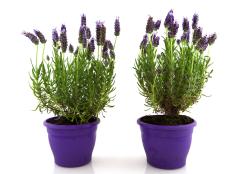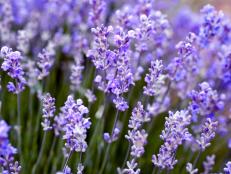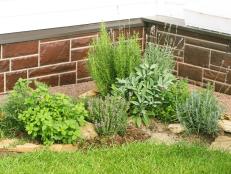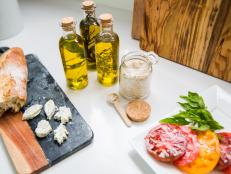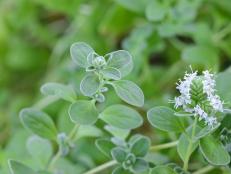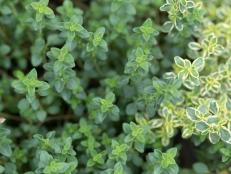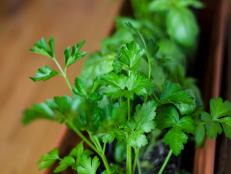French Lavender

Satisfy your passion for lavender by growing one that flowers nearly year-round. French lavender pairs pretty, toothed, gray-green leaves with traditional purple lavender-style blooms. True French lavender lacks the rich perfume of English lavender, but does have a pleasant, clean aroma. ‘Provence’ lavender is often assumed to be a type of French lavender, but it’s actually a lavandin, or English lavender hybrid.
French lavender is a wonderful landscape plant, bringing a strong flowering ability to plantings. This is a warm-region lavender, hardy in Zones 8 to 11. In regions with frost, French lavender flowers from spring until frost. In areas where frost doesn’t occur, like in Southern California, plants flower year-round, with peak bloom occurring from fall to early winter.
True French lavender actually hails from the Mediterranean region of Spain. It’s known botanically as Lavandula dentata. The dentata part of the name is a Latin way of referring to teeth, which describes the edges of the leaves—they look like something took a bite out of them.
When purchasing French lavender, you need to buy using the botanical name, because there’s another plant known as French lavender that is also from Spain—Lavandula stoechas. This plant’s more widely used common name is Spanish lavender. It has distinctive flowers with reflexed petals that stand upright. It’s a very striking, large bloom. Spanish lavender is hardy in Zones 8 to 11.
The lavender known as ‘Provence’ lavender (Lavandula x intermedia ‘Provence’) is a type of English lavender hybrid known as lavandin. It is grown in Provence, France in the commercial lavender fields. Flowers appear on long flower stems referred to as wands. The peak bloom time in France is early to midsummer. ‘Provence’ lavender is hardy in Zones 5 to 8 and grows 24 to 36 inches tall and wide.
French lavender plants grow to form a mound that can reach 12 to 36 inches tall and 48 to 60 inches wide. It needs full sun and well-drained, alkaline soil to reach its full potential. Prune French lavender plants at the end of the season to keep them attractive and maintain a manageable size.
The flower heads on French lavender aren’t useful as a culinary lavender because the flavor has heavy camphor tones. The blooms do make nice lavender wands and potpourris. Harvest flowers for drying before any of the blossoms start to turn brown. Dried French lavender flowers make nice additions to dried floral bouquets.
In areas of the country where French lavender isn’t hardy, grow it in containers that you can overwinter indoors. Terra-cotta pots help keep soil on the dry side, just like lavender likes. Use a soil that provides sharp drainage. Bring plants indoors before frost arrives. Store them through winter in a cool room near a bright window or in a cool basement with grow lights. Water just enough to keep plants alive. Move plants outside in spring when all danger of frost has passed.







